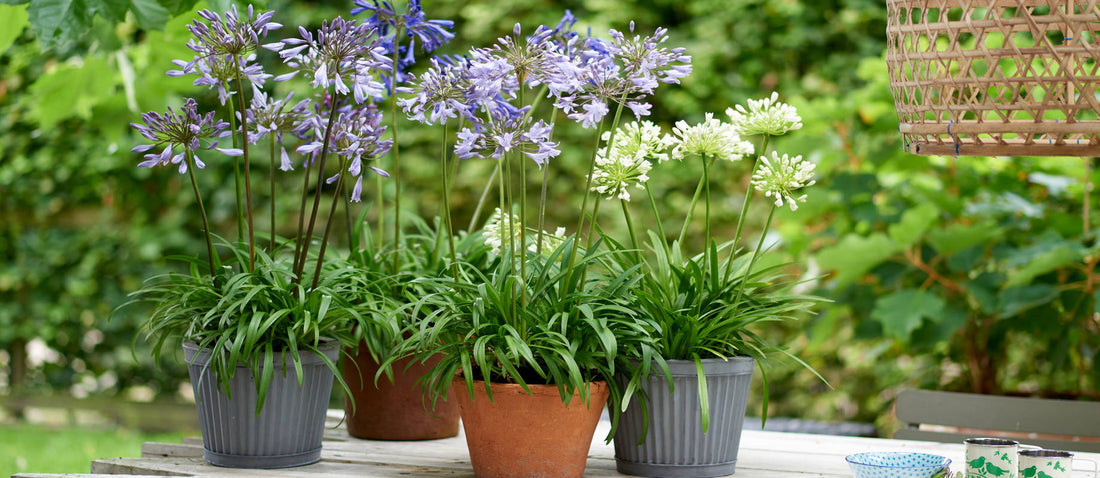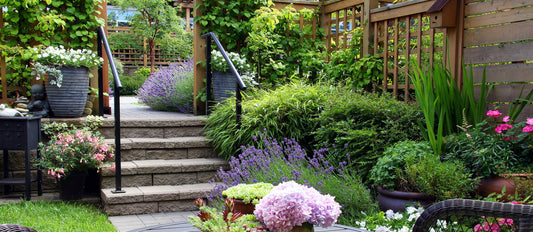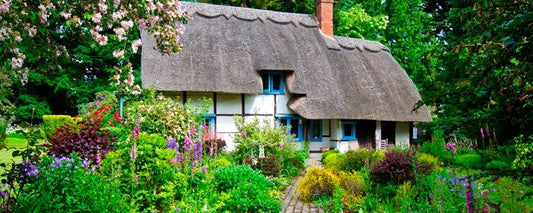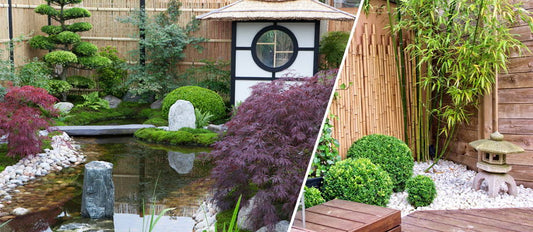The Agapanthus (African lily) is a very popular plant with garden enthusiasts. This perennialis mainly used as a container plant and is known for its cheerful blue, white or purple flowers. The Agapanthus Twister, where white and blue are combined in one flower is really special! So, there's every reason to put this plant in the garden when the temperatures start to rise again.
Agapanthus: flowering and planting
The Agapanthus loves sun and warm temperatures. The lily prefers to stay out of the freezing cold. That is why, spring is an ideal time to put this perennial in the garden. Give the Agapanthus the perfect flower pot it deserves and place it in a sunny spot on the patio. From (sometimes as early as) May to August, the Agapanthus will reward you with its colourful flowers. That makes everyone happy! The African lily grows and flowers best in soil rich in humus. Take a roomy flower pot in which the plant can develop well. What many people do not know is that this plant prefers to be potted on as infrequently as possible. So, start well with a spacious pot that will allow the plant to grow for a long time. Fill it with fresh potting soil and mix in sand for good drainage. The Agapanthus does not like wet roots. Ideally, there is a hole at the bottom of the pot so that the excess water can drain away. Plant the roots three centimetres below the surface and press down lightly.
As mentioned before, this plant is not hardy and is therefore usually used as a container plant. As a container plant, this flower likes a sheltered spot. The African lily can grow outside to between 2 and 8 degrees Celsius (depending on the variety). The deciduous Agapanthus can remain outside during light frosts. Choose a cool, unheated place for it to overwinter. The shed is ideal for this. Have you planted an Agapanthus in the border? Then cover it with a layer of straw and a tarpaulin. Leave this tarpaulin covering in place until all frost is out of the ground. Otherwise it can still be harmful to the Agapanthus.
If you are going to pot the plant on, it is best to use well-draining potting soil. Before the night frost comes, the plant must be moved to a frost-free place. As well as nutrients, their fleshy roots contain a lot of water. Once indoors, watering can be limited to a little bit, once a week. Gradually, the long, linear leaves will die back and turn white-grey. These can be clipped off. This popular plant likes a cool, unheated and frost-free place during the winter. A shed is an ideal place.
Care
The Agapanthus is a wonderful plant to have in the garden. The only thing you have to worry about is that during flowering you may not be able to keep your eyes off the flowers. The plant hardly needs any extra water. In dry periods, watering once a week is enough. The African lily does like good food. Feed it about twice a year: in the spring when the growth period starts and at the end of August when the growth and flowering are at an end. Use a fertiliser with a low nitrogen content and enough potassium and phosphorus. To encourage flowering even more, you can replace the top layer of soil with fresh potting soil every year. All in all, it amounts to little work for a fantastic result in the summer!
The African lily and many more garden plants are included in Bakker's extensive range. Mix & match perennials with flower bulbs, too. Get inspiration for creating the most beautiful gardens from the gardening 2.0 article "Combining perennials and summer bulbs".




